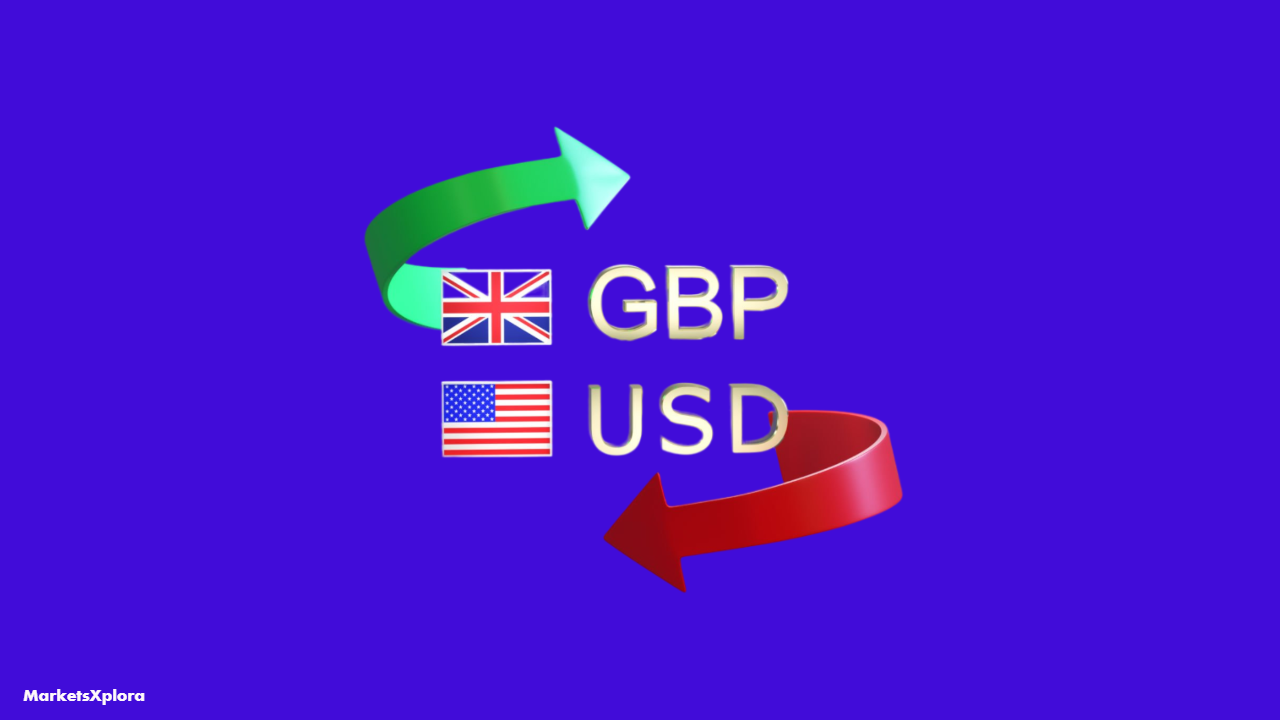Key Insights
- GBP/USD has dropped below 1.3100 due to a stronger US Dollar, influenced by revised Fed rate cut expectations following the NFP report.
- Upcoming US CPI data and UK Employment figures are key events that could impact currency movements this week.
- Technically, GBP/USD is approaching critical support levels, with the broader bullish trend still intact despite current downward pressure.
GBPUSD Fundamental Outlook
The Pound Sterling is facing significant headwinds as we kick off the week, with GBP/USD dipping below the critical 1.3100 support level to reach a fresh two-week low in Monday’s London session. This downward pressure is largely attributable to a resurgent US Dollar, with the Dollar Index (DXY) climbing to the 101.40 mark. The greenback’s strength stems from a reassessment of Federal Reserve (Fed) policy expectations following Friday’s US Nonfarm Payrolls (NFP) data.
The latest employment figures have prompted a notable shift in market sentiment. According to the CME FedWatch tool, the probability of a 50 basis point (bps) Fed rate cut to 4.75%-5.00% in September has declined significantly, from 41% pre-NFP to 27% post-release. This recalibration of expectations is underpinning the dollar’s recovery.
While the NFP report indicated a broader cooling in job growth compared to recent years, it also revealed a lower-than-expected unemployment rate and accelerated wage growth. These mixed signals suggest that while the labor market is softening, it remains resilient enough to keep recession fears at bay. Consequently, this has tempered expectations for aggressive Fed rate cuts, providing further support to the US Dollar.
Looking ahead, market participants are eagerly awaiting the US Consumer Price Index (CPI) data for August, scheduled for release on Wednesday. Forecasts point to steady monthly growth of 0.2% for both headline and core CPI, with annual headline inflation expected to decelerate sharply to 2.6% from July’s 2.9%.
Shifting focus to the UK, the Pound’s performance has been mixed against major peers. Investors are now turning their attention to Tuesday’s UK Employment data for the quarter ending July. These figures could significantly influence market speculation regarding the Bank of England’s (BoE) interest rate trajectory for the remainder of the year. Expectations are for a slight decrease in the unemployment rate to 4.1% and a softening in wage growth, which could bolster the case for more BoE rate cuts.
Adding to the bearish sentiment for Sterling, a recent report from the Recruitment and Employment Confederation and KPMG revealed that permanent job placements in the UK fell at their fastest pace in five months, while pay growth for new hires hit a five-month low.
GBPUSD Technical Analysis

GBP/USD is approaching a critical juncture. The pair is extending its downside move towards the 20-day Exponential Moving Average (EMA), currently situated around 1.3075. This level, along with an upward-sloping trendline from the December 28, 2023 high of 1.2828, is expected to provide key support for Sterling bulls.
The 14-day Relative Strength Index (RSI) has declined into the 40.00-60.00 range, suggesting that the recent bullish momentum has paused for now. However, the broader bullish trend remains intact as long as the indicator stays above the neutral 50 level.
Looking upward, GBP/USD faces resistance near the round figure of 1.3200, with the psychologically important 1.3500 level serving as the next major hurdle.


